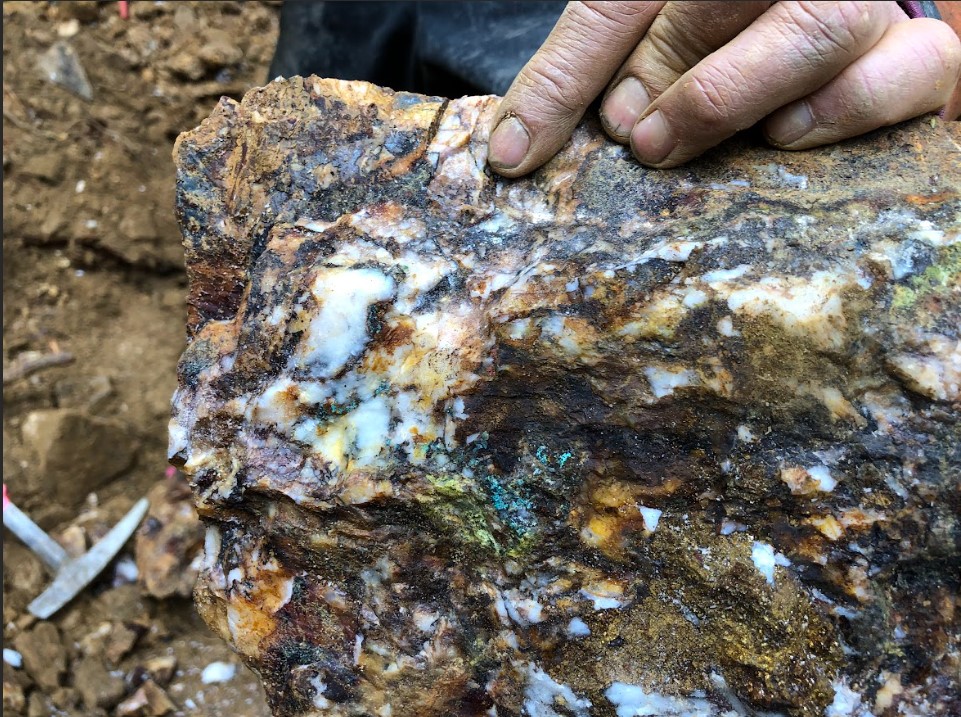Golden Cariboo begins field work at Quesnelle Project, British Columbia

Golden Cariboo Resources Ltd. [CSE-GCC; OTC-GCCFF; WKN-A0RLEP] has mobilized field crews to map and prospect along the north-northwesterly trend of mineralized showings (MinFiles) on its Quesnelle quartz mine property, central British Columbia. The trend of MinFiles extends at least 1.9 km through the property and contains the historic Quesnelle quartz and Pioneer mines.
Previous work by Golden Cariboo geologists has highlighted potential along this trend in the Halo zone, which yielded surface results of up to 5.08 g/t gold from representative grab samples of rock, as well as the North Hixon zone with surface results of up to 9.87 g/t Au from float, as reported in the company’s news release dated May 18, 2023. The North Hixon zone is actively being drill tested in hole QGQ24-08.
Objectives of the field program are to expand upon the limited surface work in these areas, and to traverse beyond them to potentially identify further greenstone contacts and mineralization. Additionally, this will be the first program of this nature since the company completed a property-wide lidar (light detection and ranging) survey in 2018, which can assist in identifying bedrock exposure within glaciated terrain.
Golden Cariboo Resources is rediscovering the Cariboo Gold Rush by proceeding with highly targeted drilling and trenching programs on its Quesnelle Gold Quartz Mine property which is almost fully encircled on 3 of 4 sides by Osisko Development [NYSE-ODV; TSXV-ODV]. Historically, over 101 placer gold creeks on the 90 km trend from the Cariboo Hudson mine north to the Quesnelle Gold Quartz Mine property have recorded production and successful placer mining continues to this day.
Golden Cariboo’s Quesnelle Gold Quartz Mine property is 4 km northeast of, and road accessible from Hixon. The project includes the Quesnelle Quartz gold-silver deposit, which was discovered in 1865 in conjunction with placer mining activities. Hixon Creek, which dissects the old workings, is a placer creek which has seen small-scale placer production since the mid-1860s.
